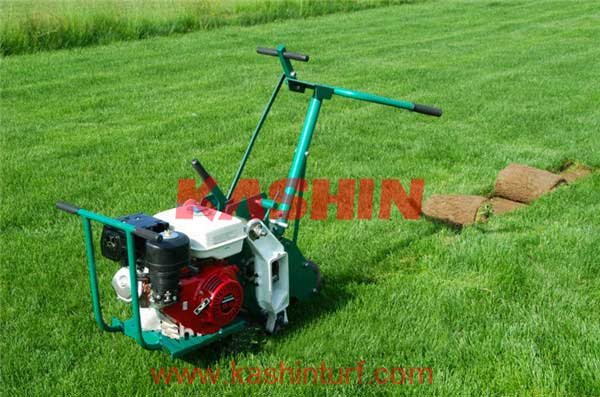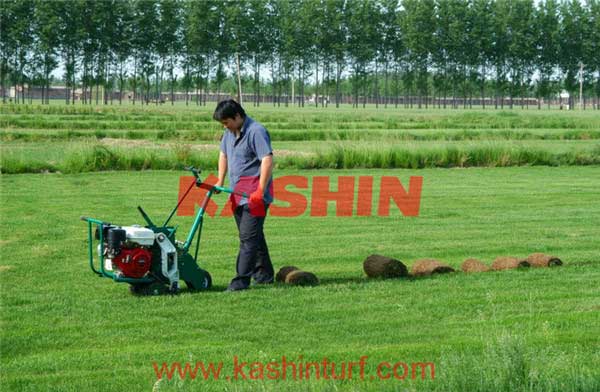Safe and efficient mowing skills
Author:Ricdro
Mowing is one of the skills that many people consider too easy to require guidance. This is also the skill that most people can really use some good information. Here are some best practice tips for mowing the lawn safely and achieving good results. Whether you are buying a sod cutter or borrowing equipment, please choose a sod cutter suitable for the job. If the lawn is less than 500 square feet, consider using a reel mower. Compared with the cultural relics that are still fragmented, the noise of the sod cutter is lower, and the noise of the electric sod cutter with the cutting line is lower. For larger lawns, the power sod cutter is faster, and its weeding and mulching options will save cleaning time. Unless mowing is one of the skills many people think is too easy to require guidance. This is also the skill that most people can really use some good information. Here are some best practice tips for mowing the lawn safely and achieving good results.
Choosing the right sod cutter
Whether you are buying a sod cutter or borrowing equipment, please choose a sod cutter suitable for the job. If the lawn is less than 500 square feet, consider using a reel mower. Compared with the cultural relics that are still fragmented, the noise of the sod cutter is lower, and the noise of the electric sod cutter with the cutting line is lower. For larger lawns, the power sod cutter is faster, and its weeding and mulching options will save cleaning time. Unless you have to take care of at least one acre of lawn, don’t disturb the sod cutter.
A battery-powered sod cutter is an excellent choice at every level. These sod cutters do not burn gasoline and use no oil, so they are very environmentally friendly. And most models are much quieter than gasoline engine sod cutters. Without a power cord, battery-powered sod cutters quickly occupied the electricity market, and many manufacturers now offer very reliable models.
Keep the mower in good condition
Before you start mowing, look for obstacles in the blade area of the sod cutter, especially if you have just purchased the sod cutter. If the moving parts feel tight, add a little oil to them. If the sod cutter has been used for more than a year, you may need to sharpen its blades, otherwise the lawn will look clothed after mowing. A little-known fact is that the blades of the new sod cutter are not particularly sharp. If the blade is sharpened before the first use, the performance of the new sod cutter will be better.
Some people worry about the idea of using a sharp lawnmower blade, but in fact, a sharp blade is more efficient in cutting and therefore actually safer than a dull blade. It is easy to learn how to sharpen a sod cutter blade, but if you are not sure, your local hardware store may provide this service or can recommend a commercial sharpening service.
Please clear the paddock before mowing
For safety, remove objects and mark obstacles before you start mowing. Use a rake to pick up branches, loose rocks, dog bones, small toys, bottles, cans or other similar objects. Any object lying on the ground can be pushed out of the discharge chute of the sod cutter at a very high speed, reaching a speed of 200 miles per hour. If there are low-lying objects (such as pipes) that cannot be moved, mark their locations to avoid accidentally touching them.
Cut early
In order to get the best lawn effect, mowing as early as possible (in the morning, after the dew has dried on the grass), and mowing as much as possible. If you are looking for a schedule, owners of healthy (i.e. vigorously growing) grass should prune on average once a week (however, if you are busy, prune once every two weeks). In very humid, warm weather, you may need to prune more frequently than weekly. However, it is best to be guided by the height of the grass, not according to the established schedule.
From the standpoint of a healthy lawn, it is best to mow frequently. As with other perennials, as long as no more than one-third of the newly grown grass is removed at any given time, the grass can remain healthy. Therefore, it is necessary to trim frequently so that the length of the blade of grass does not exceed one-third of its length.
Use the correct mowing pattern
Correct trimming involves coming and going patterns-it cannot be trimmed in a spiral pattern. Move at a brisk pace; if you walk too slowly, the grass will grab and block the leaves. Consider mowing the lawn as an exercise. If you are using a sod cutter, you should use a similar back-and-forth pattern, with neat, even line spacing. To trim a flower bed or tree, circle the obstacle twice, first in one direction and then in the other direction.
If you cut the grass in a half-circle cut-the new cut overlaps the previous cut by half, the mower width will achieve the best results. Although this may seem to require more work, it takes less time and effort because the mowing movement is smoother (less mowing per pass). It also ensures that you cut out everything you missed during the first pass, and you don’t have to trim any rough or hairy patches later.
Change this mode every time you mow the grass. If you mow in exactly the same way every time, the wheels of the mower may end up forming small ruts on the lawn. Changing the pattern can also prevent the mower blade from cutting grass in the same direction every time. If you change the direction of mowing, the grass will stand upright.
After trimming
When finished, use a sod cutter to collect grass clippings. One exception is if you are using a sod cutter, in which case you should let the pruning cut down through the grass and eventually act as a fertilizer. Studies have shown that during the summer growing season, allowing the mulched grass clippings to decompose on the lawn is equivalent to the complete application of granular fertilizer. However, the design of the mulch mower is such that the grass clippings will be shredded several times as it rotates under the mower deck. If the grass clippings are only ejected from the chute, make sure to rake the clippings after mowing.
After each mowing, clean the mower blade with water and spray a little oil on the moving parts to prevent rust.




